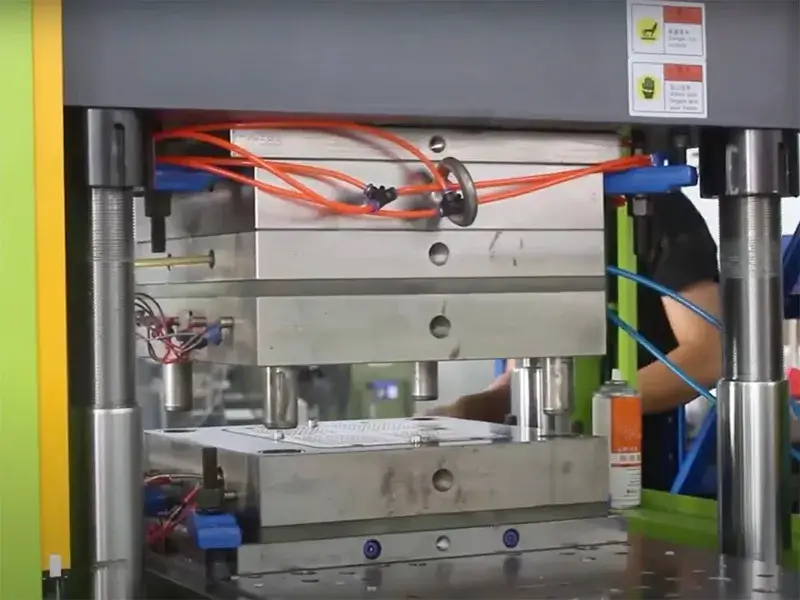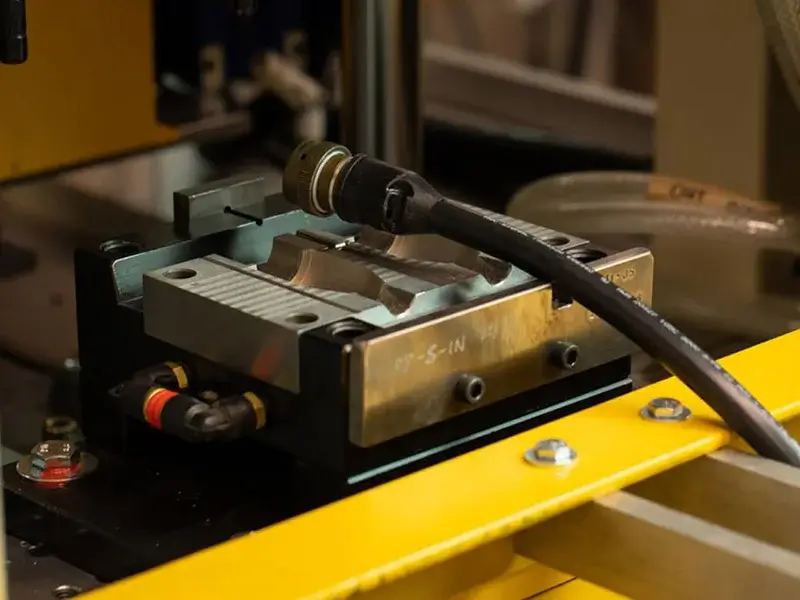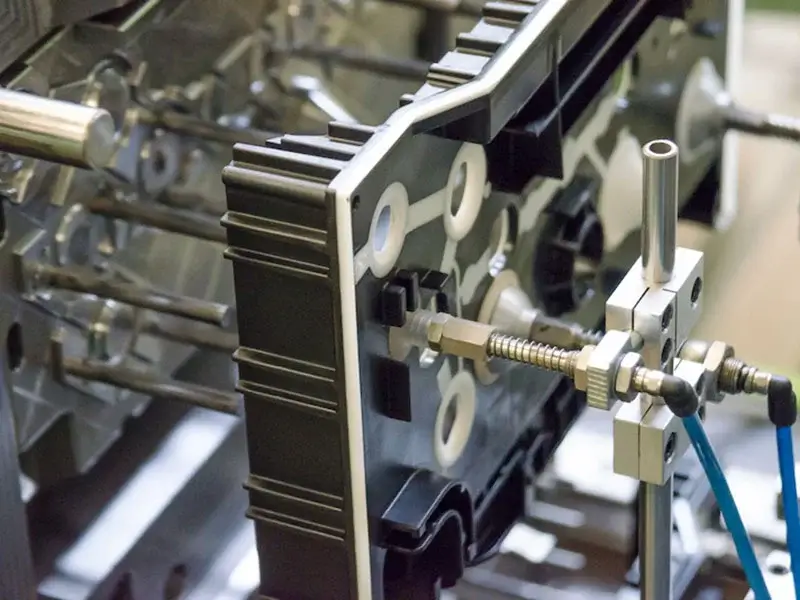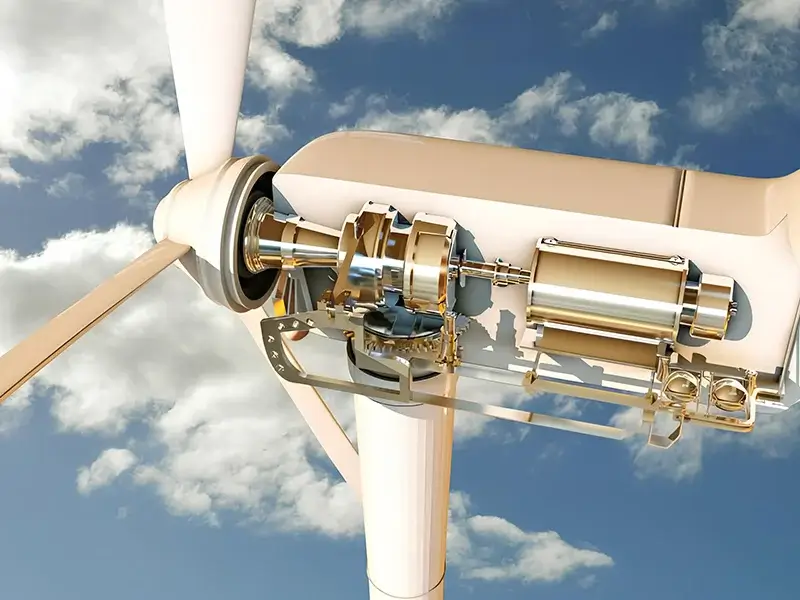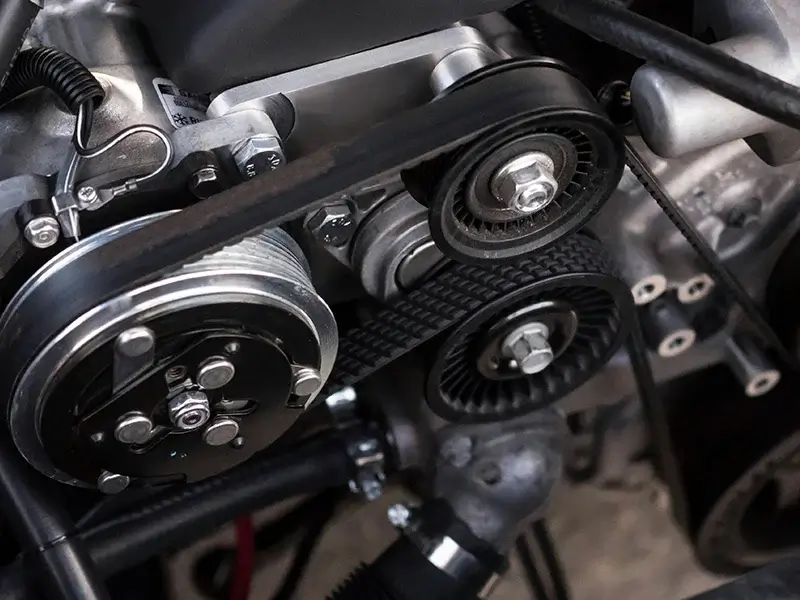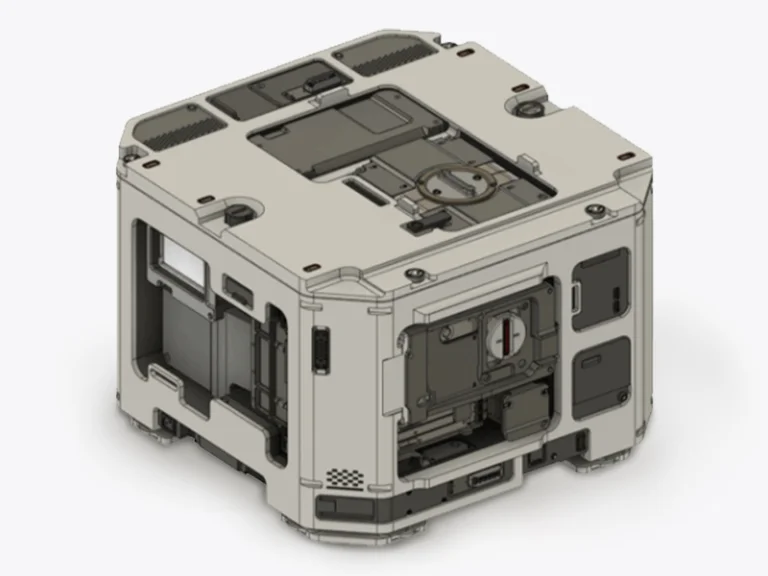Rubber Material
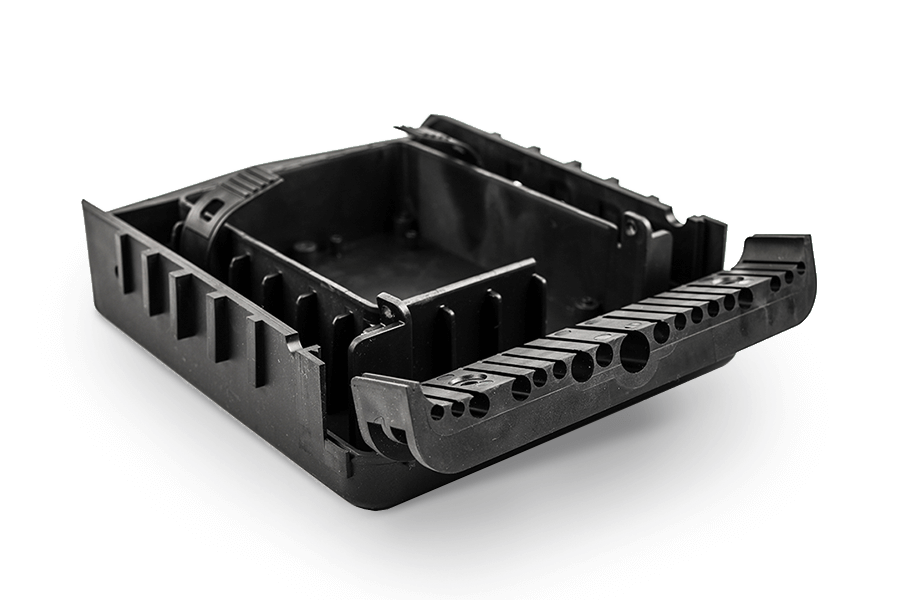
Rubber Material Overview
Information Optimization: A Comprehensive Introduction to Rubber Materials
Rubber Material is a material with high elasticity and plasticity, which is widely used in industrial and consumer products. According to the source, rubber can be divided into natural rubber (NR) and synthetic rubber two categories:
Natural rubber (NR) : Made from latex extracted from rubber trees, it has excellent elasticity, wear resistance and tear resistance.
Synthetic rubber: prepared by chemical synthesis methods, including many types, such as:
- Styrene butadiene rubber (SBR) : Commonly used in tires and industrial products.
- Neoprene rubber (CR) : Because of its excellent oil resistance and weather resistance, it is widely used in waterproof materials and seals.
- Silicone rubber (SI) : known for high and low temperature resistance, suitable for medical and aviation fields.
At Jiangzhi, we prioritize delivering top-notch products by thoroughly understanding your application needs. Our in-depth analysis enables us to offer personalized recommendations for the most effective rubber material. Additionally, we can process base polymers to customer specifications, ensuring a tailored approach to meet your unique requirements.
Learn more:select rubber material guide
Following are some of the common rubber types we offer
Rubber Materials Industry Application : Requirements of Multiple Industries
With its excellent elasticity, wear resistance, weather resistance and insulation properties, rubber plays a vital role in modern industry and daily life. From automotive tires and seals to shock-proof materials for industrial equipment to medical devices and household items, rubber meets the needs of many fields with its versatility. With the development of science and technology, the application of rubber materials in the direction of environmental protection and high performance is also constantly expanding, providing more innovative and sustainable solutions for various industries
Automobile industry
- Tires: Different formulations of rubber materials in the body and tread for high wear resistance and skid resistance.
- Seals: such as window seals, engine gaskets, provide dust-proof, waterproof effect.
- Damping Elements: Rubber shock absorbers in the suspension system reduce vibration and noise.
Industrial manufacturing
- Conveyor Belt: wear-resistant and high-temperature rubber is widely used in mining, metallurgy and other industries.
- Anti-corrosion Coating: Used in chemical containers and pipelines, outstanding chemical corrosion resistance.
- Shockproof Device: used as a buffer and protection material in industrial equipment.
Healthcare and consumer goods
- Medical Equipment: such as latex gloves, catheters to meet flexibility and hygiene requirements.
- Household Goods: floor MATS, soles, rubber bands and other products, rubber is favored for its elasticity and durability.
Processing Technology and Method: the Core Link from Design to Manufacturing
Mixing technology
The first step of rubber processing is to evenly mix the rubber matrix with fillers (such as carbon black), vulcanizing agents and other additives to optimize the performance of the final product.
Vulcanization technique
Vulcanization is done by adding sulfur or other crosslinking agents to form a three-dimensional network structure of rubber to improve its hardness, strength and durability.
- High temperature vulcanization (HTV) : used in tire manufacturing.
- Room temperature curing (RTV) : Suitable for small industrial components.
Rubber injection molding:
- Compression molding service: Rubber is heated and pressurized in a mold for the production of complex structural parts.
- Injection molding service: Suitable for mass production of small rubber parts, high efficiency.
Material Modification
Jiangzhi Rubber Processing Service
Advantages of Rubber Material in Manufacturing
Resilience
Sealing Properties
Chemical Resistance
Noise and Vibration Damping
Rubber Part in Different Industries
Popular Post
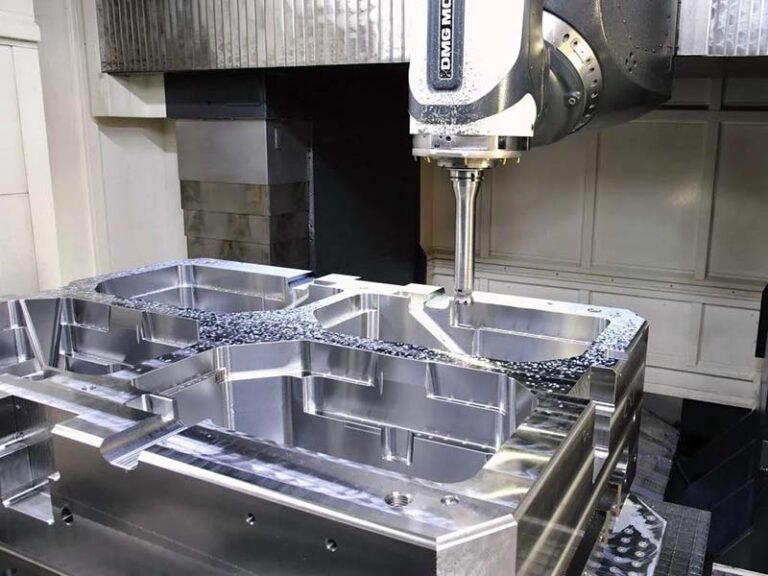
Complete Guide to Injection Mold Making: Material Selection, Design, and Manufacturing Process
Injection mold making is an essential process in the manufacturing of plastic parts It is used to create high precision
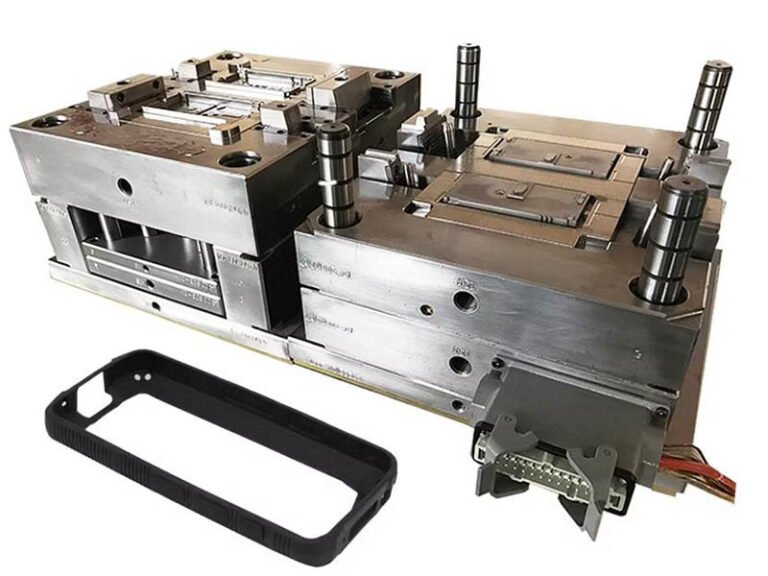
Polyurethane Injection Molding: Process, Benefits, and Comparison with Casing Molding
Polyurethane injection molding is a powerful and versatile manufacturing process that plays a crucial role in producing durable and high
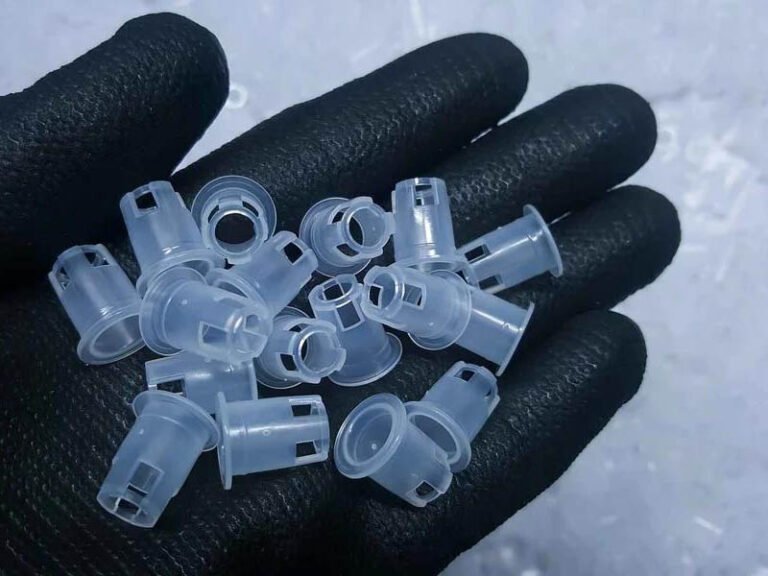
Clear Plastic Injection Molding: Material Selection, Process Flow and Design Tips
Clear plastic injection molding is a specialized process used to create high quality transparent plastic parts that are essential in


